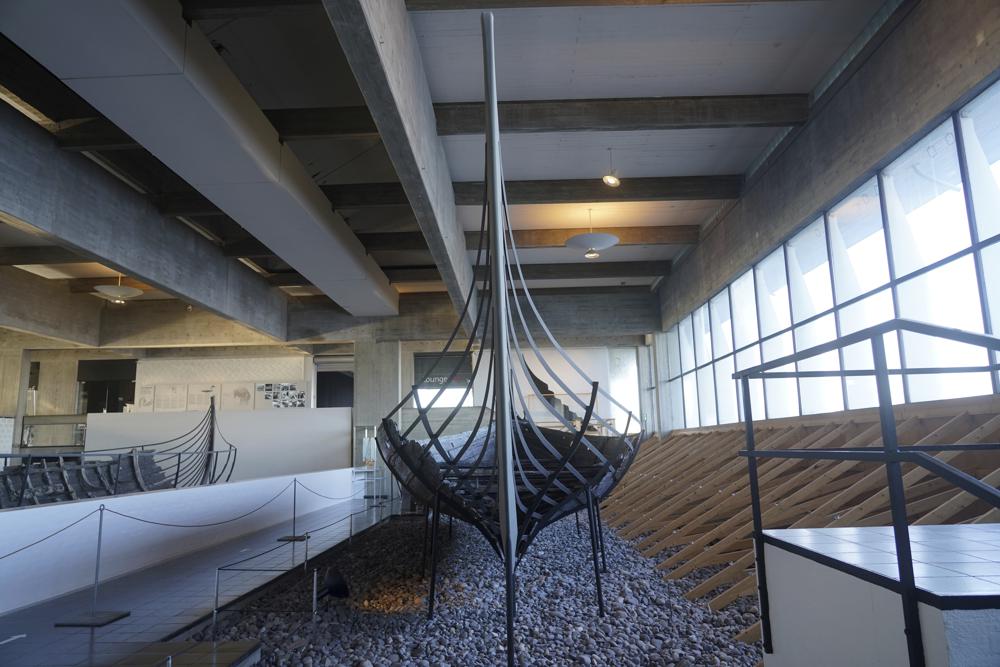
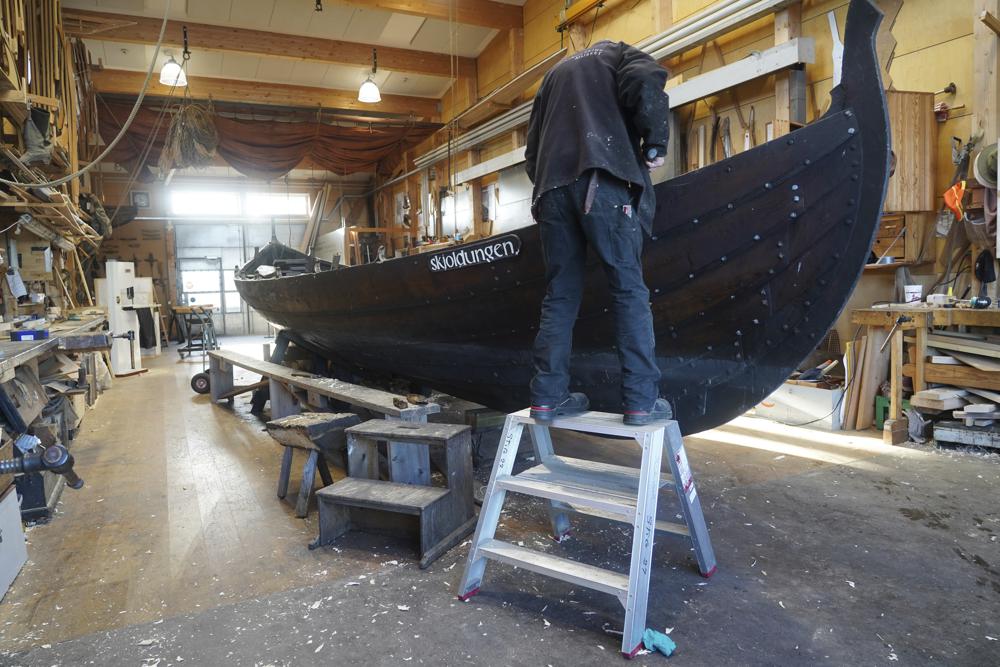
Wooden sailboats have permitted the peoples of Northern Europe to extend trade, influence, and even conflict across seas and continents for thousands of years.

The United Nations’ cultural agency included Nordic “clinker boats” to its list of Intangible Cultural Heritage of Humanity in December. The UNESCO designation was requested jointly by Denmark, Finland, Iceland, Norway, and Sweden.
The term “clinker” is supposed to allude to how the wooden boards of the boat were tied together.
As the number of active clinker builders diminishes and fishermen and others opt for vessels with cheaper glass fibre hulls, supporters of the successful nomination hope that it will secure and maintain the boat-building traditions that propelled the Viking era for future generations.

“We can see that the abilities of making them, the skills of sailing the boats, the knowledge of individuals who are sailing… all goes down and fades,” said Sren Nielsen, head of the Viking Ship Museum’s boatyard in Roskilde, west of Copenhagen.
The museum not only displays the remains of wooden warships from 1,000 years ago, but it also attempts to restore and recreate additional Viking ships. The procedure entails employing experimental archaeology approaches to learn more about the Viking Age, such as how fast the ships sailed and how many people they carried.
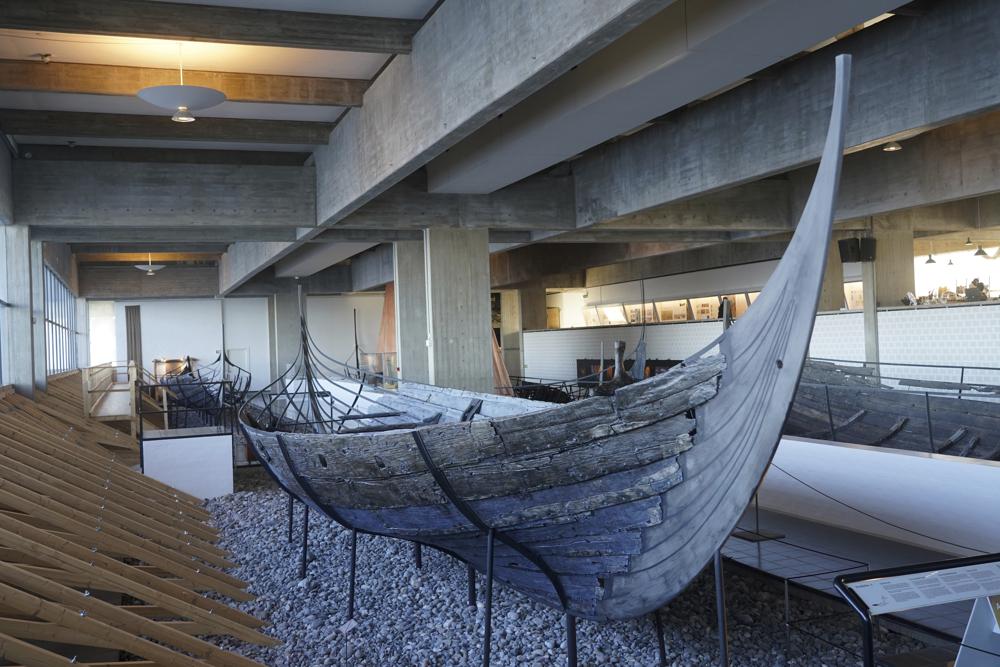
Nielsen, who supervises the construction and repair of clinker-built wooden boats, estimates that there are only approximately 20 clinker boat artisans in Denmark and perhaps 200 in all of Northern Europe.
He told The Associated Press, “We think it’s a tradition we have to show off, and we have to tell people this was a part of our background.”
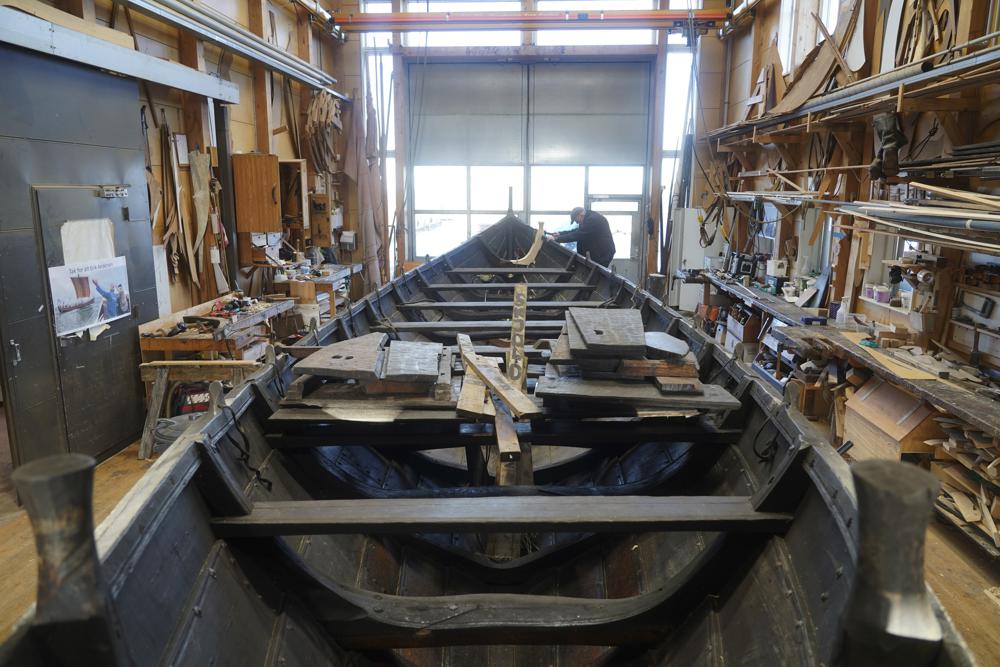
The use of overlapping longitudinal hardwood hull planks that are sewed or riveted together distinguishes wooden clinker boats.
Internally, the boats are strengthened with additional wooden components, primarily tall oak trees, which serve as the vessel’s ribs. They fill the spaces with a mixture of tar or tallow, animal hair, wool, and moss.
“You get a hull that’s pretty flexible but incredibly sturdy when you build it with these overlaps within it,” stated Triona Srensen, curator at Roskilde’s Viking Ship Museum, which houses the remains of five 11th-century Viking boats built with clinker methods.
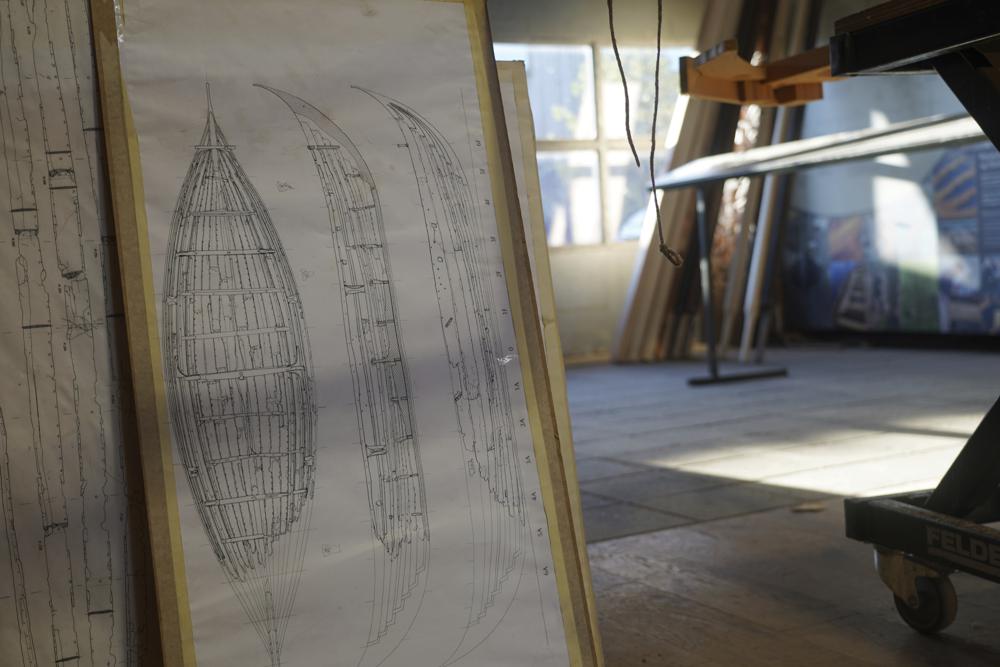
Nielsen said that there is evidence the clinker technique initially appeared thousands of years ago, during the Bronze Age.
According to Srensen, clinker boats reached their pinnacle during the Viking Age. Between 793 and 1066, Norsemen, or Vikings, embarked on large-scale raiding, colonising, conquest, and trading expeditions across Europe. They made it to North America as well.

Post Your Comments